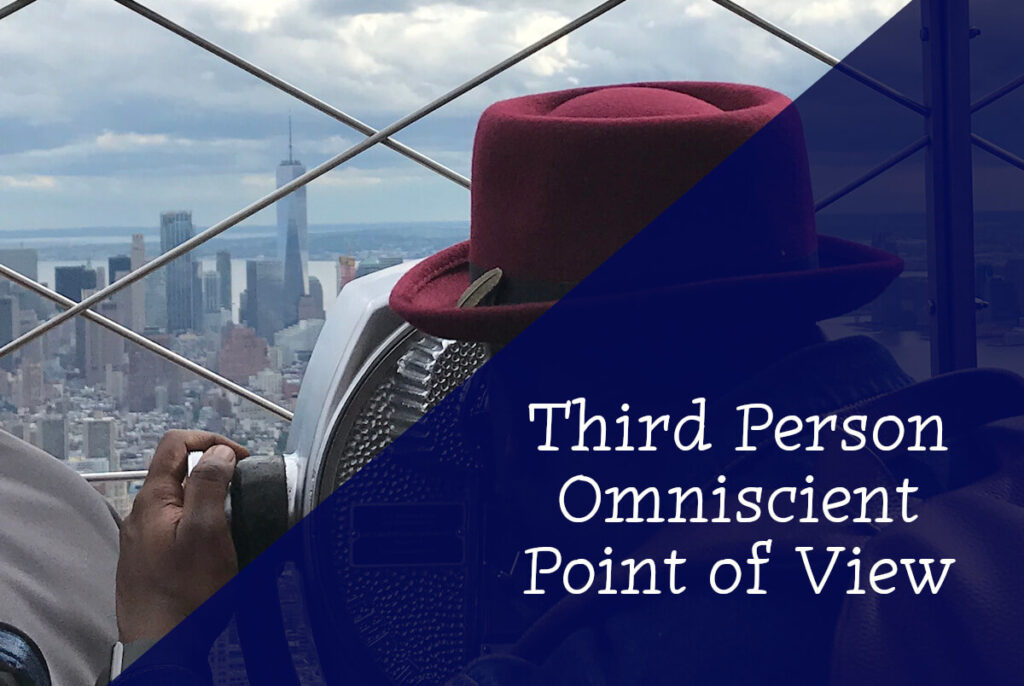The last sub-category of third person point of view we are going to discuss is third person omniscient point of view (POV).

Here’s the recap: the narrator is not a character in the story, the narrator knows what everyone is thinking and doing at any given time and can jump between characters, and the pronouns “he”, “she”, “they”, and “it” are used to tell the story.
The Pros of Third Person Omniscient POV:
- It allows for a greater scope of story to be shown.
- It allows for dramatic irony because the narrator can know things the characters don’t.
- It allows for backstory to be delivered easily.
- It allows for greater story flexibility.
The Cons of Third Person Omniscient POV:
- There tends to be much more telling rather than showing
- There is a greater distance between the reader and character which can lead to the reader feeling disconnected from the story.
- Can be confusing for the reader if there is too much “head hopping” between characters
Third person omniscient can be very difficult for a writer to pull off well. Those who do pull it off typically manage it by creating a very strong narrative voice.
For an explanation of all the point of view options check out Understanding the Different Types of Point of View.
Did I miss any pros or cons of the third person omniscient point of view? Let me know in the comments.
Please follow and like us:
